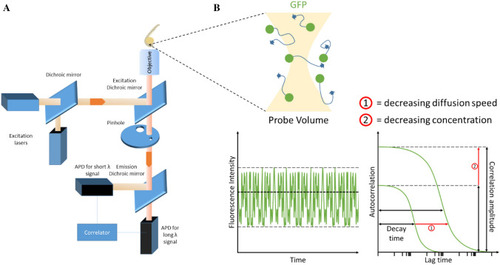Fig. 1
- ID
- ZDB-FIG-201113-19
- Publication
- Dawes et al., 2020 - Studying molecular interactions in the intact organism: fluorescence correlation spectroscopy in the living zebrafish embryo
- Other Figures
- All Figure Page
- Back to All Figure Page
|
Overview of FCS set-up and zebrafish measurements. |

